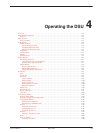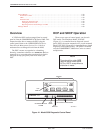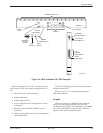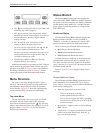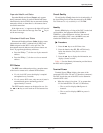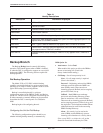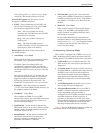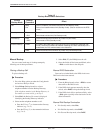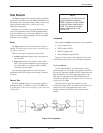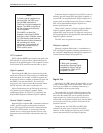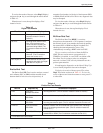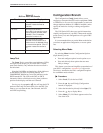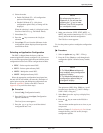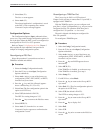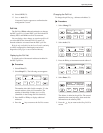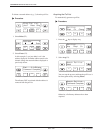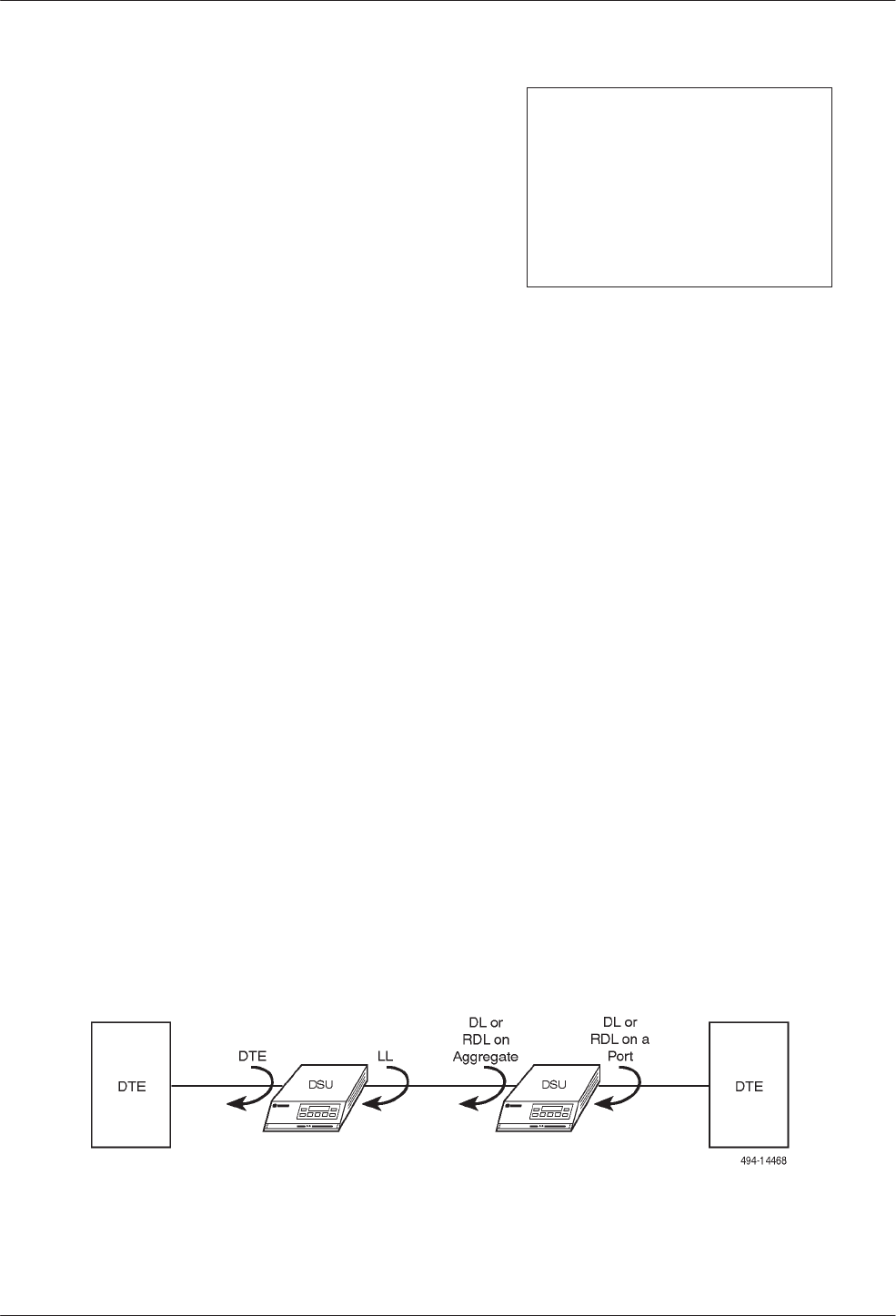
Operating the DSU
4-93550-A2-GB20-30 March 1999
Test Branch
The Test branch provides extensive testing capabilities
for the DSU, the DDS circuit, the DBM (if installed), and
the backup circuit. When the tributary DSU receives a test
request from the control DSU, it aborts any locally
initiated test in progress.
Running a test can affect your application data or may
cause your application session to be dropped depending
upon front-end processor, time-out parameters, etc. since
no data or acknowledgment messages will be transmitted
while the test is in progress.
Abort
The Abort selection allows you to abort a test that is
running. The DSU cannot run any other test until the test
in progress is aborted.
There are two types of selections to abort a test:
• Selective terminates whatever test is in progress at
the local DSU.
• Subn (Subnetwork) only displays at the control
DSU. This selection terminates any test running at
the control DSU or at a tributary DSU or DBM
associated with the control.
After selecting either Selective or Subn, the test is
terminated and the DCP displays the message Command
Complete.
Device Test
The Device (Devic) Test uses a test pattern generator
built into the DSU. If a DBM is installed, the DBM must
be in Idle mode, with no call in progress if you want to run
a Device Test.
NOTE
On power-up, the DSU sends out
polls to determine whether a
DBM is installed. It then initiates
a Device Test on itself and the
DBM. The results of the tests
appear momentarily on the
DCP’s LCD.
Loopback
The Loopback (Lpbk) branch displays four loopbacks:
• Local Loopback (LL)
• DTE Loopback (DTE)
• Digital Loopback (DL)
• Remote Digital Loopback (RL)
Figure 4-3 shows where each loopback occurs on the
circuit. Refer to the figure as you read about loopbacks.
Local Loopback
Local Loopback (LL) is session-disruptive; that is,
performing the test will disrupt data. It permits the DTE to
run a test to determine whether the DTE connection to the
DSU and the DSU itself are functioning properly. The
DSU must be connected to the DTE, but the network
connection to the DSU is not required. This test cannot be
performed by the DBM.
While the DSU is in Local Loopback, any data
transmission by the DTE is returned as received data. An
operator can send a test pattern and verify correct
reception of the test. The DSU does not monitor this
testing.
Figure 4-3. Loopbacks



